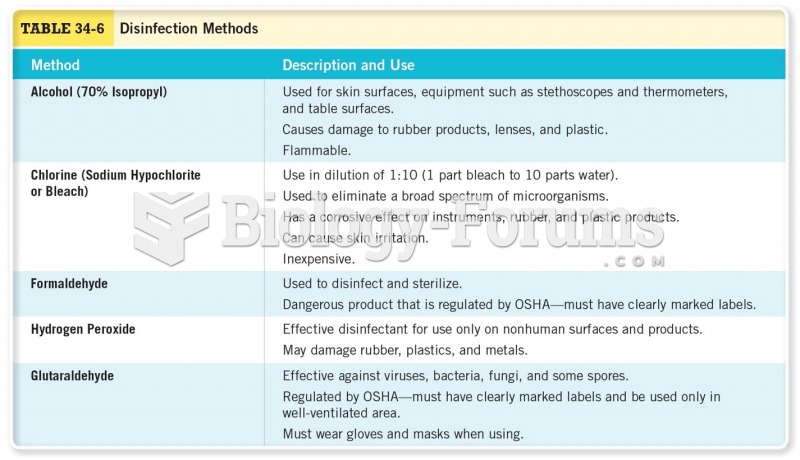Answer to Question 1
Answer: Generally, qualitative measures are designed to analyze broad themes or qualities of personality compared to quantitative methods, which are designed to analyze data collected by questionnaires, test scores and numerical or quantitative data. Qualitative data are often verbal and many times open-ended allowing a subject to develop a theme themselves while most data collection methods that are quantitative confine the responder to topics decided on by the researcher. The student should mention the concept of content analysis by which the qualitative researcher attempts to organize and comprehend the information contained in stories, diaries, essays, etc.
Quantitative research tends to test a hypothesis, focus the research on distinct variables, gather data in the form of numbers, use deductive theory, and use statistics to analyze numbers.
Qualitative research tends to allow the subjects more freedom and breadth of expression, looking for variables or themes after the data is collected, use content analysis to search for order in data that is in the form of words or language, use theory that is derived inductively and extract broad themes from the data rather than numbers that can be analyzed using statistics.
Answer to Question 2
Answer: The textbook defines self-monitoring as a personality trait that describes the extent to which people are aware of and manage their self-presentations, expressive behavior, and nonverbal displays of emotion to control the images and impressions others form of them. High self-monitors are sensitive to the behavior of others in social situations and determine their own behavior based on what they observe in others. Low self-monitors have less awareness and interest in the behavior of others and, in general, control their self-presentations far less than high self-monitors. Some examples of groups that are likely to contain high self-monitors are professional actors and politicians. Low self-monitors are more consistent across situations because they are not adapting to others expectations as much. High and low-self monitors report valuing different issues in friendship, with high self-monitors choosing friends somewhat instrumentally and low self-monitors choosing them based on the qualities of the individual friends. There are several other examples of differences presented in the textbook from which students could draw including differences in patterns of choosing friends, goals in a romantic relationship, kinds of ads they find appealing, and workplace preferences.







